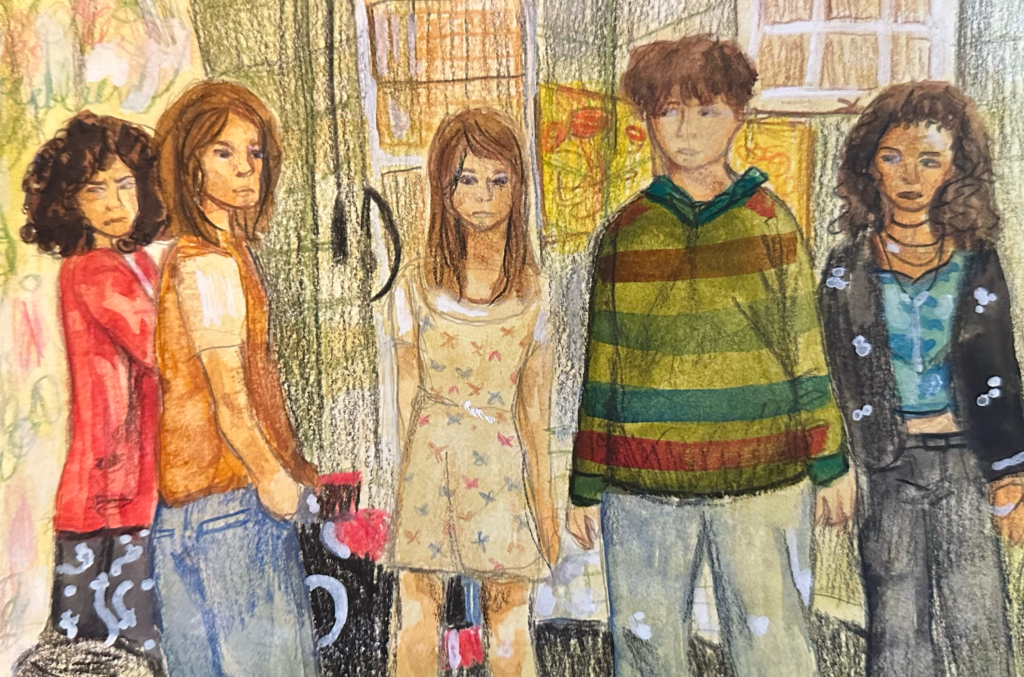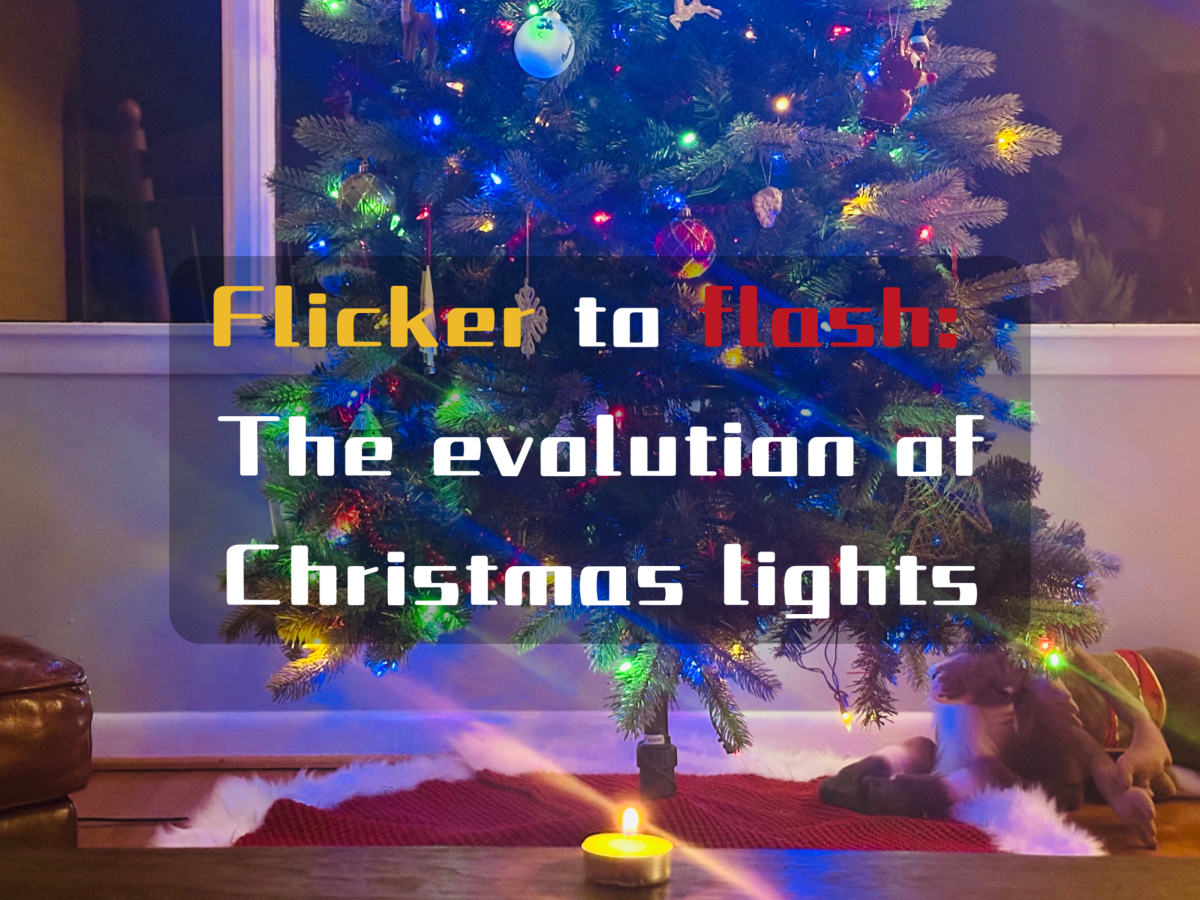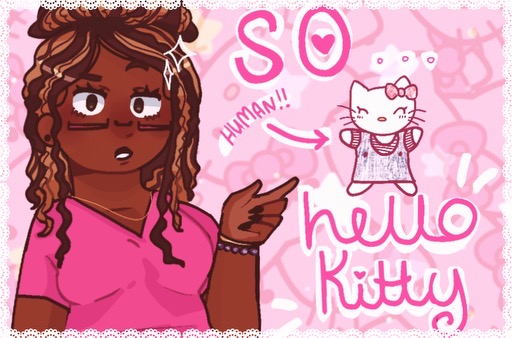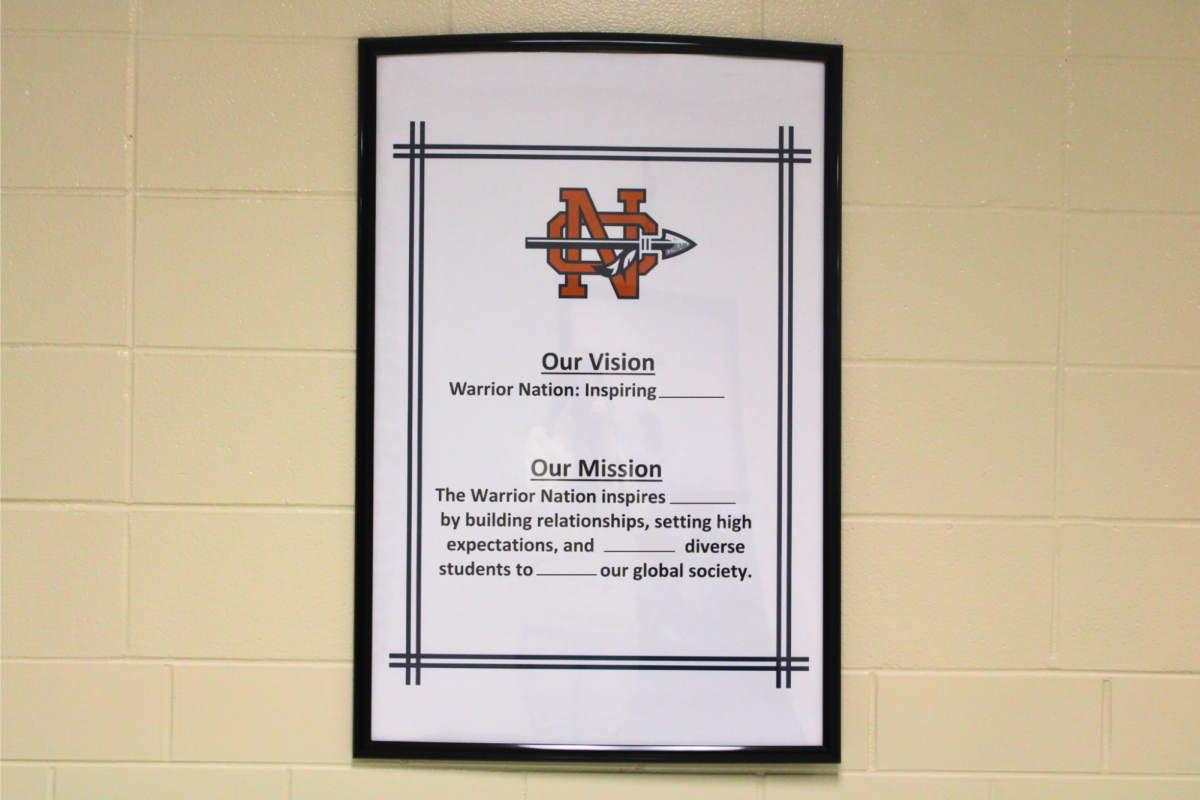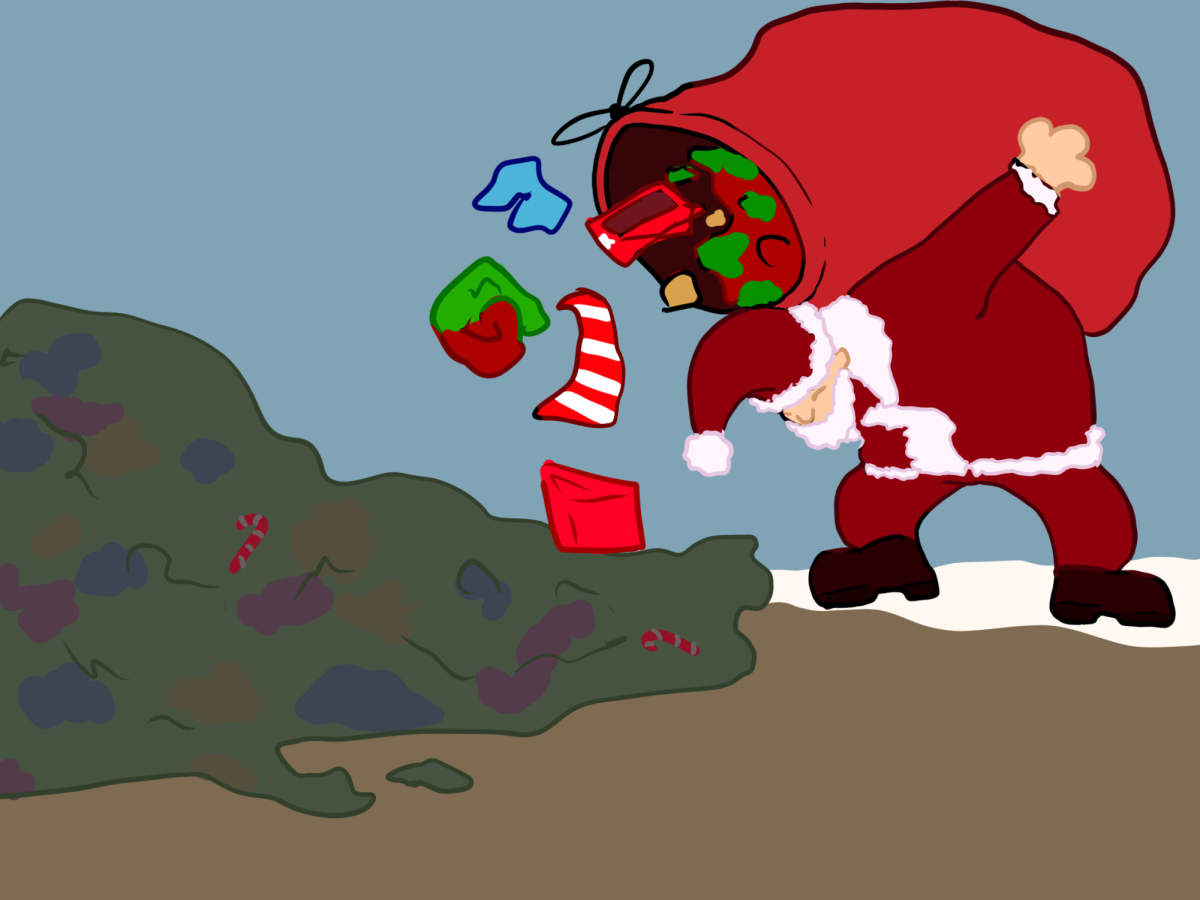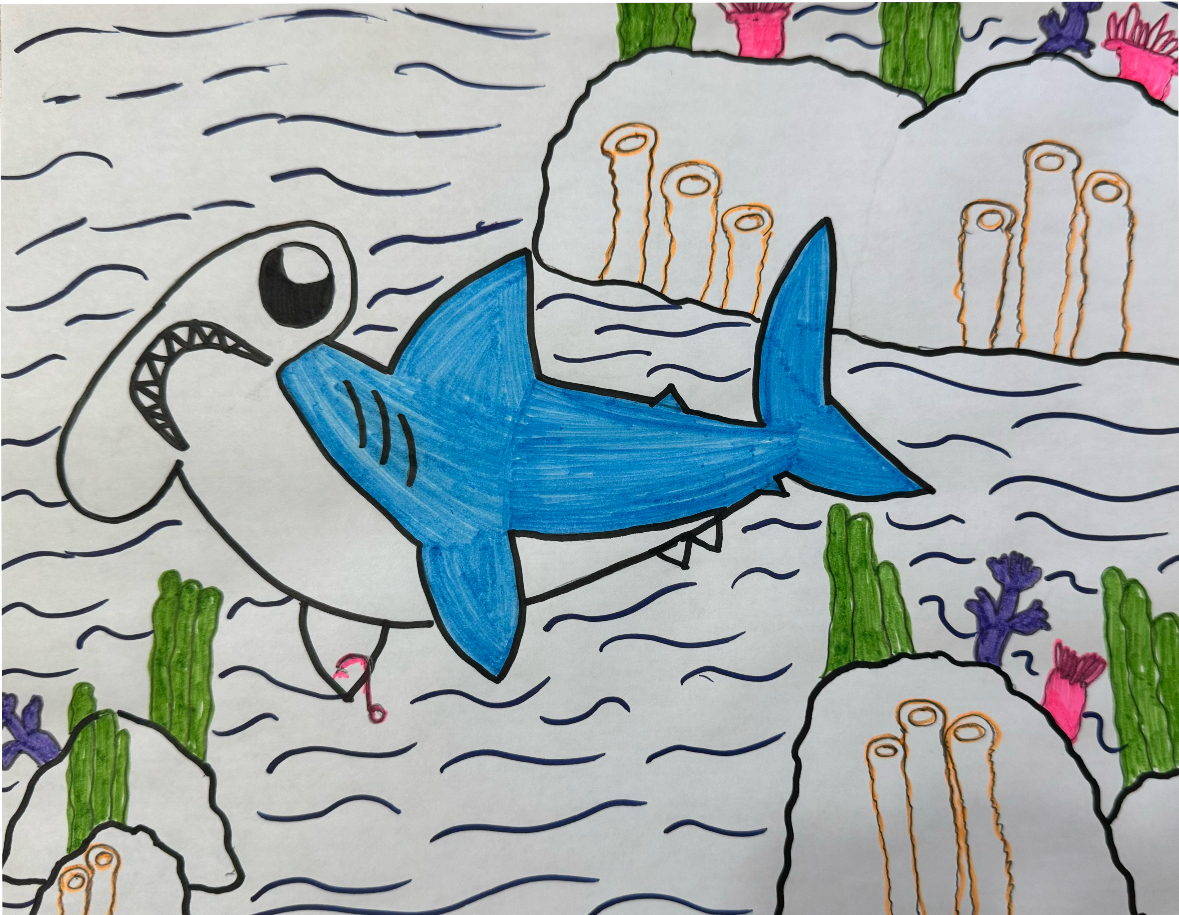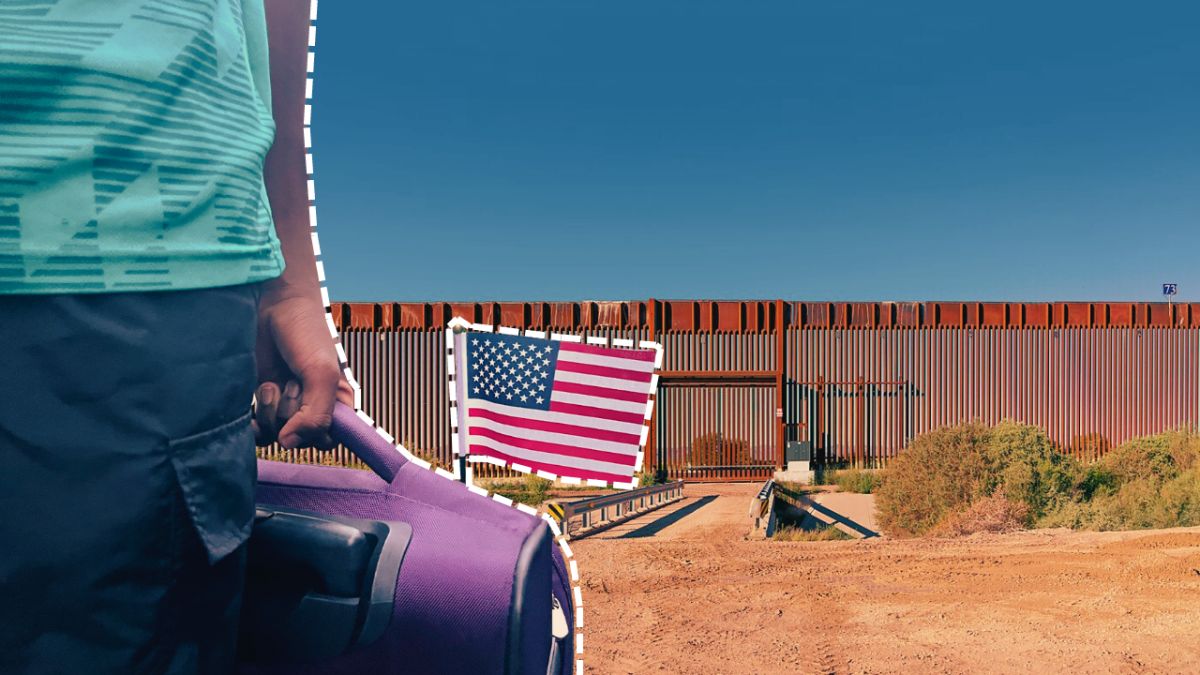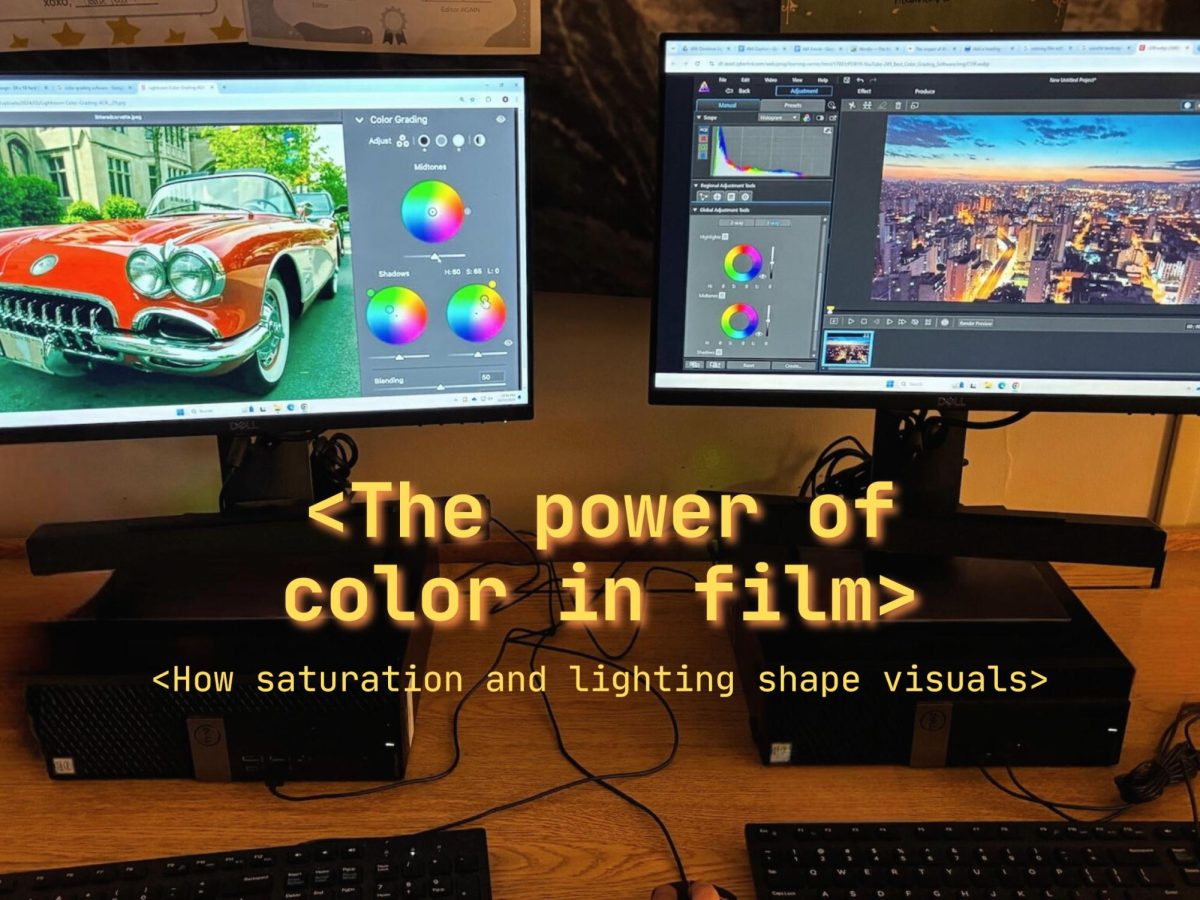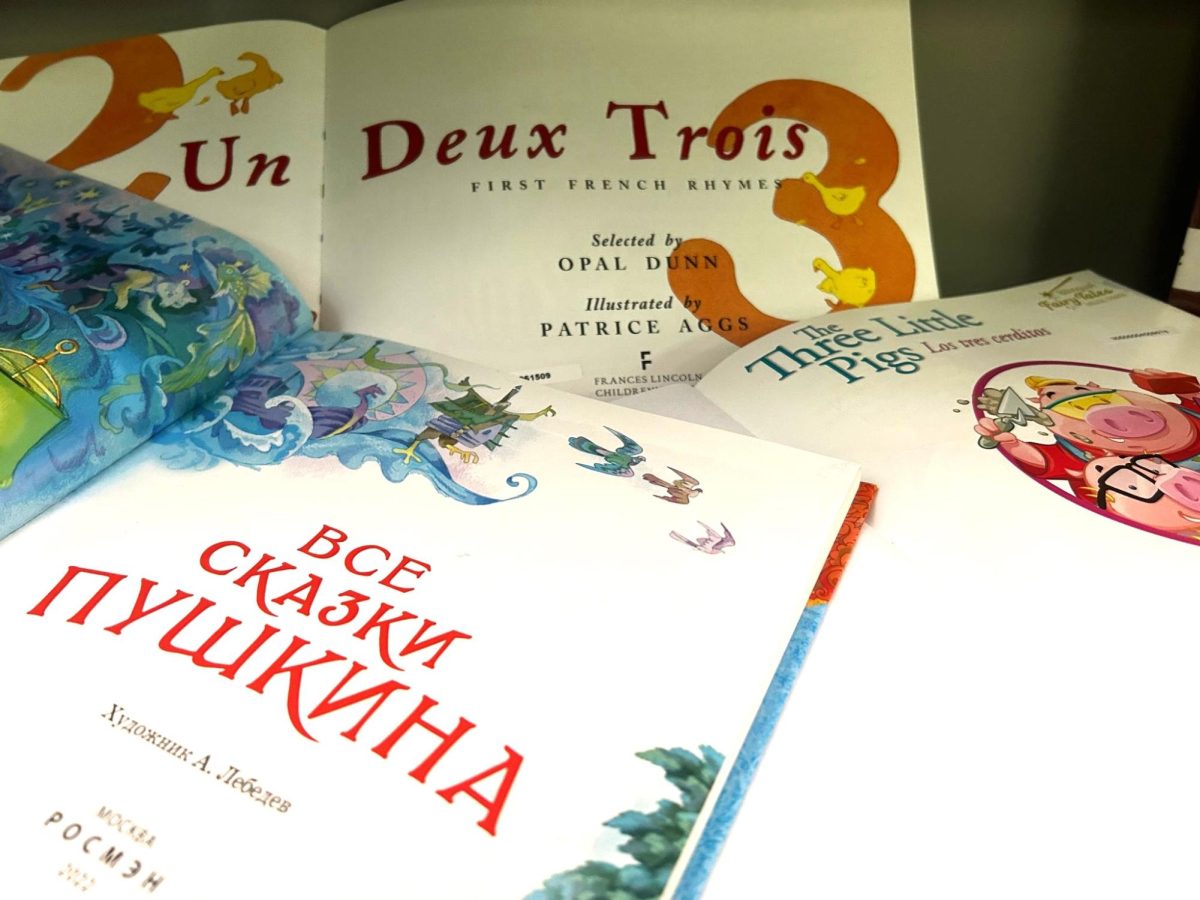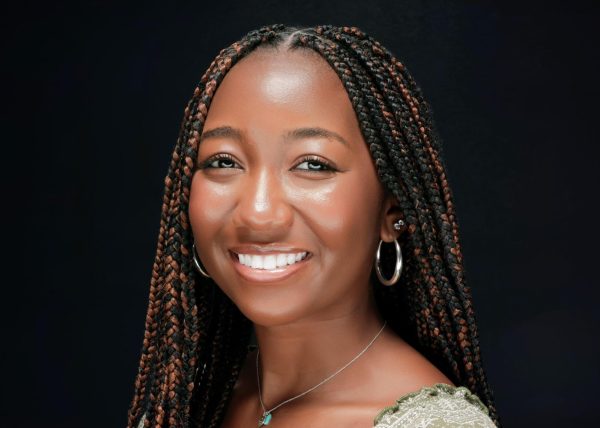In the glitzy realm of Hollywood, reboots stand as a popular revenue for producers to explore. From “Fuller House” to “Bel-Air,” notable programs of the ‘90s have grown a new reputation in the current pop culture lexicon. Once Netflix caught a whiff of that newfound notoriety, they too yearned to hop on the reboot train’s success, which resulted in the creation of “That ‘90s Show.” Set 20 years after the events of its predecessor, “That ‘70s Show,” the reboot follows the mishaps and chaos of Leia Forman, played by Callie Haverda, as she visits her grandparents for the summer. Haverda’s character and the rest of the teen cast serve as a mirror to the escapades of the original show, as they attempt to solve the oddities of teenagehood by any means necessary. Although the initial program still receives acclaim and references today, “That ‘90s Show” did not obtain the same degree of adoration for its starting rollout.
After beginning its tenure on television with a 70% score on Rotten Tomatoes, the first season of “That ‘90s Show” did not stick a significant landing with its audience. Fans believed that the program’s strength resided within its reliance on its previous iteration and less on the new wave of teens they aim to launch into the spotlight. Despite the rocky start, however, a handful of fans may have appreciated the sentiment of the first season.
“I think that the original characters [from ‘That ‘70s Show’] being in the show worked well because we got to see where they ended up later in life. I also think that having Leia’s friend group do some of the same things that her dad’s friend group did, it worked because we got to see how the characters are similar to the characters in the original show,” magnet freshman Daniel Jarvis said.
The semi-gimmicky nods to beloved characters such as Leo Chingkwake, portrayed by Tommy Chong, or Jackie Burkhart, portrayed by Mila Kunas, helped to remind fans of the former show, but they felt increasingly cheesy as the cameos continued. Like the reboots they follow, the first season of “That ‘90s Show” featured a significant number of referrals to the original material, which limited the emerging voice of the new show. In a similar vein, the majority of the cast, aside from actors in “That ‘70s Show” and Nickelodeon child star Mace Coronel, did not own any other significant titles under their belt, rendering them unknown to Netflix viewers. Although these factors contributed to fans not connecting with the reboot, several urged for a second season to provide the new principal cast with a chance of redemption — and thankfully, it received that shot.
With the release of the second season of “That ‘90s Show” June 27 and the subsequent third season premiering August 22, the show emerged from the ashes of awkwardness to a loveable comedy. After its premiere, the second season received ratings of 81% on Rotten Tomatoes, and although no ratings exist for the third season as of yet, one can safely assume they will continue on the positive upward trend.
The expansion of storylines to all members of the principal cast created a realistic atmosphere for the audience; for example, the emphasis on characters such as Nikki Velasco, played by Sam Morelos, and Gwen Runck, played by Ashley Aufderhiede, within the second season, provided a newer space for female viewers of color to identify with the source material. While the first season alluded to heartwarming themes such as friendship and forging new bonds, the second and third iterations focused on personable topics for young people such as teen pregnancy, divorce, racial profiling and relationships. The incorporation of relatable themes allowed fans to connect with the show on a deeper level than previously.
“The relationships and situations the characters find themselves in on ‘That ’90s Show’ are familiar sitcom dilemmas, but updated to reflect both the changing times in which the show is set and the era in which we, the audience, are living. Gwen’s experiences living as a Black teenage girl in a very white town, and with a white mom, are given space and treated as thoughtfully as they can be given the medium — particularly considering how similar issues were treated previously in ‘That ’70s Show’,” journalist Arezou Amin said.
The newfound trajectory of “That ‘90s Show” proves that time stands as the ultimate proponent of how a reboot may become perceived by fans. In light of a lackluster start, the program took on a new voice of its own and paved the way for increased adoration. As the show continues to evolve and maintain a steady fan base, “That ‘90s Show” may eventually grow into a program worthy of similar praise to its forefather.



